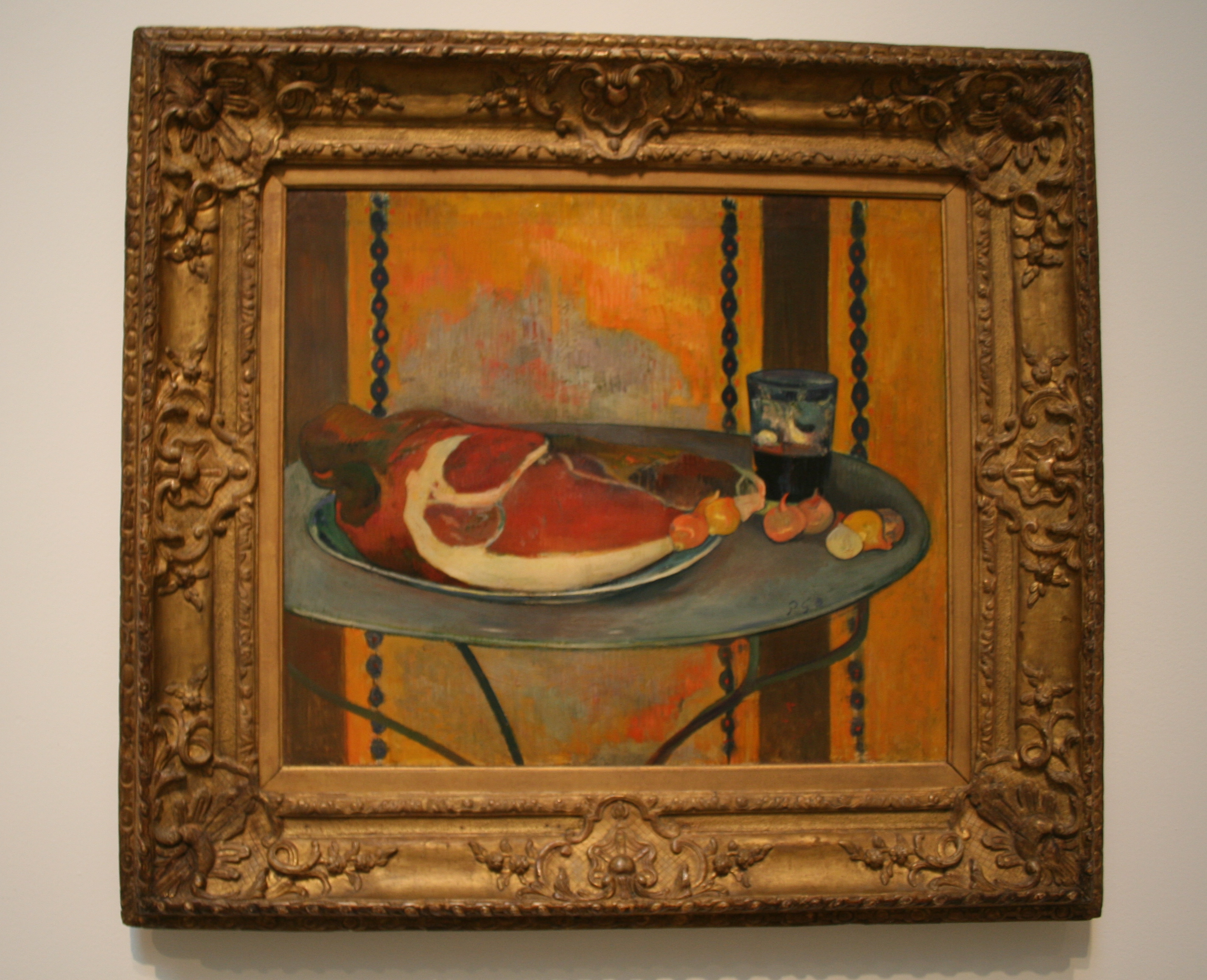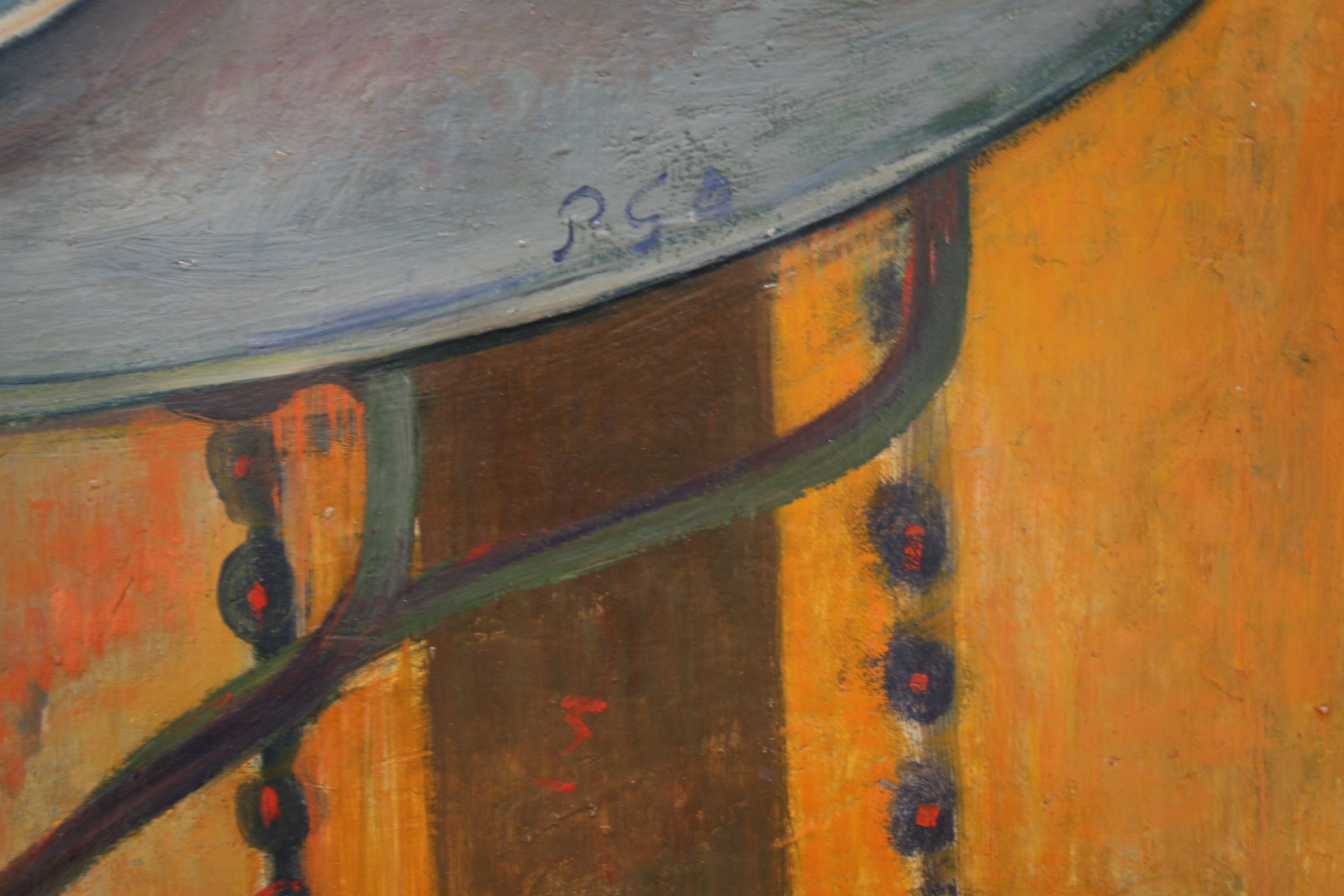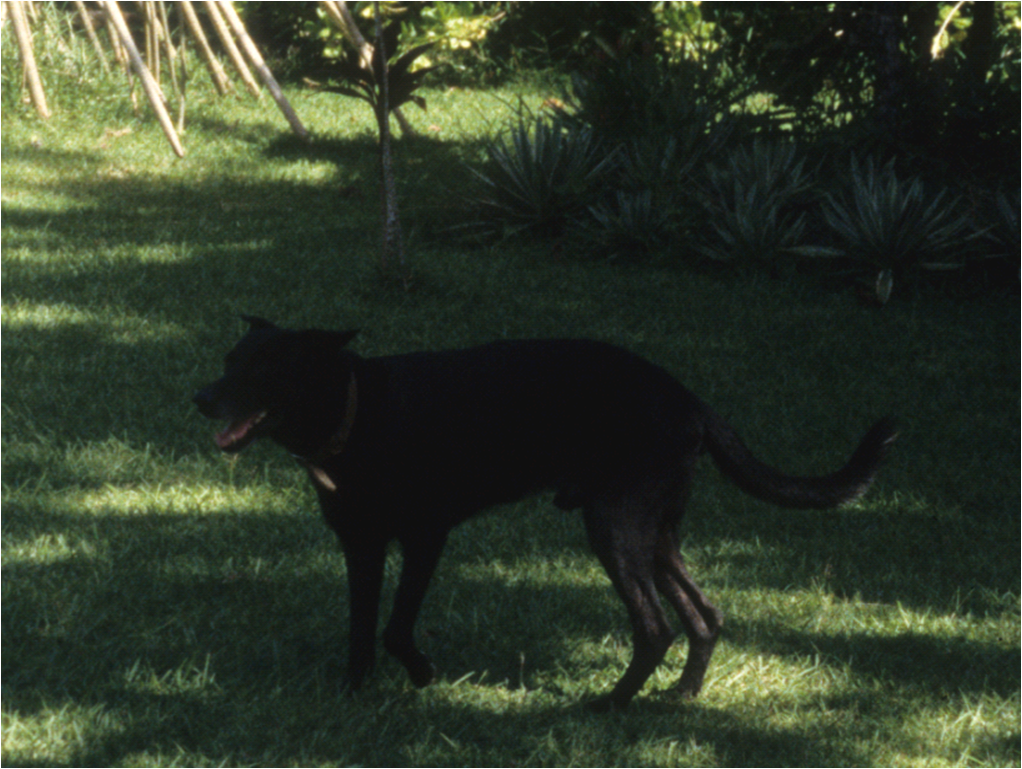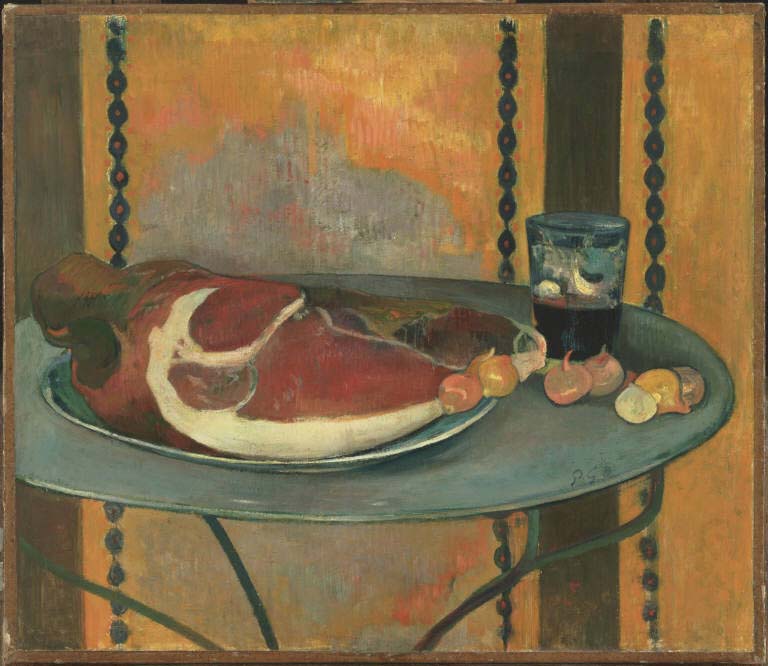Degas thought of himself as a painter of movement. As lovely as his paintings are, his dancers are frozen in their poses, beautiful bugs in amber. What if we could go back in time to watch a performance?
When motion pictures were invented, the camera was focused on anything that moved – trains, people, horses, and yes, dancers. There are no movies of ballet dancers during the late 19th century, but there are a precious few of ballet during the early 20th (close enough). With film, a famous dancer with the Royal Danish Ballet could be watched anywhere over the globe, or, a century later, delight us over the internet.
La Sylphide solo 1903
Pas de Deux 1902
Dance exercises at the barre 1920
And this beguiling couple….
Geltzer & Tikhomirov, husband and wife in the Bolshoi Ballet – Pas de Deux
This last performance reminds that, aside from the dance master, there are no male dancers in Degas’s ballet scenes. This recalls Gauguin’s paintings of Tahiti, in which there are few, if any, men depicted. Was Degas, like Gauguin, creating his own private paradise?
Ianthe Gergel, Museum Assistant




